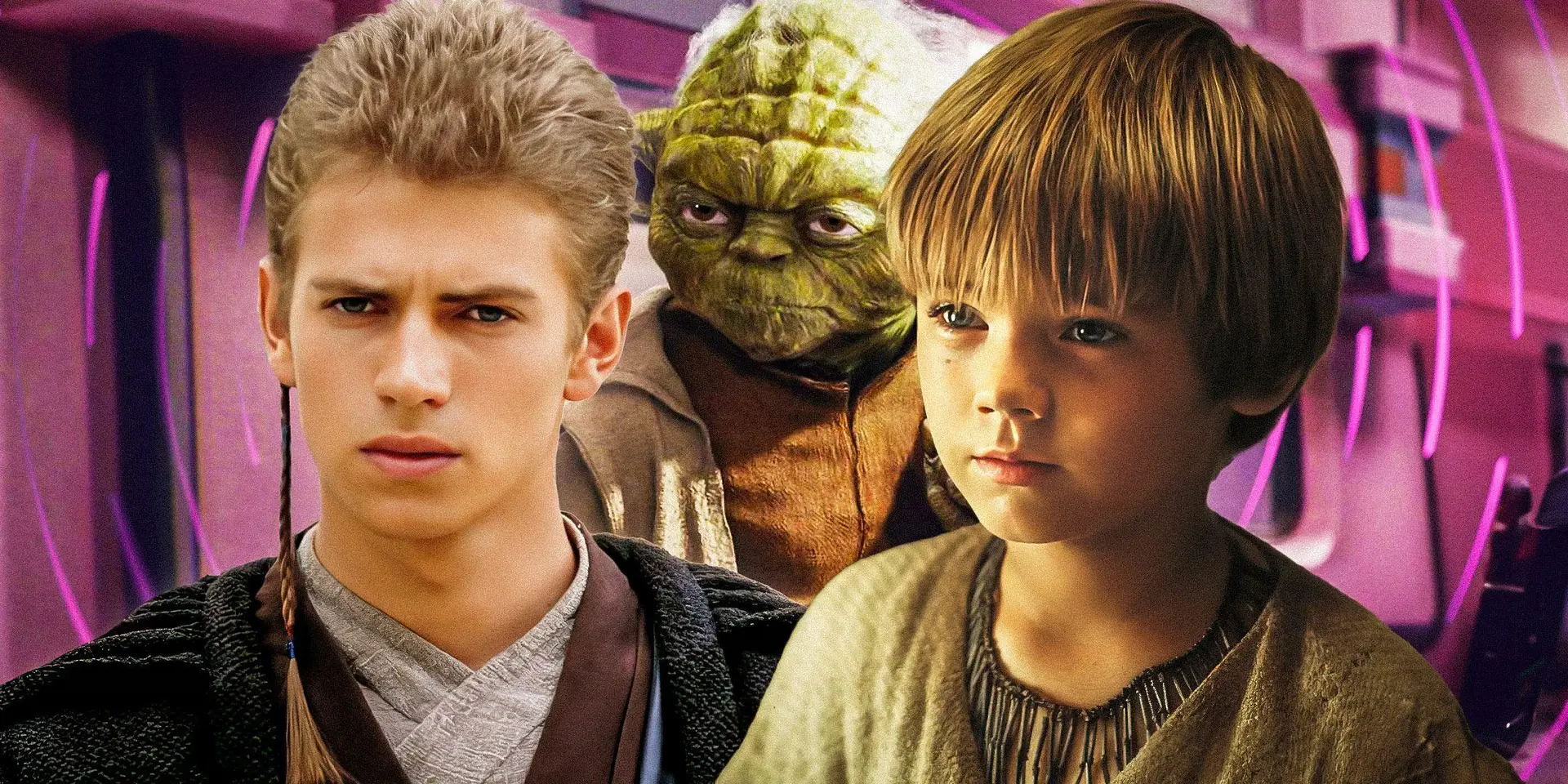DISNEY’S COST-CUTTING STRATEGY: HOW FEWER STAR WARS SHOWS COULD REVITALIZE THE FRANCHISE
Disney’s Star Wars Universe is About to Undergo a Dramatic Transformation
Disney is reshaping its Star Wars strategy on Disney+, sending shockwaves through the fan community. In a bold move, the entertainment giant will dramatically reduce its live-action series output, scaling back from two annual shows to just one series per year starting in 2025. Behind this seismic shift is CEO Bob Iger’s vision to streamline production and refocus on theatrical releases that promise greater financial returns.
The decision comes on the heels of expensive productions like ‘The Acolyte’ failing to meet financial expectations, with the series costing a staggering $180 million to produce. Instead of continuing the current streaming-heavy approach, Disney is pivoting towards big-screen experiences, including ‘The Mandalorian and Grogu’ movie and two additional Star Wars films scheduled for 2026.
While fans might initially feel disappointed by fewer TV series, Disney’s strategy suggests a commitment to quality over quantity. By concentrating resources and attention on fewer projects, the company aims to deliver more impactful and meticulously crafted Star Wars content that meets the high standards audiences have come to expect.
Will this new approach revitalize the Star Wars franchise or alienate dedicated streaming fans? The answer awaits in Disney’s cinematic future.
#StarWars #DisneyPlus #MovieStrategy #EntertainmentIndustry #FranchiseEvolution
Quick Takeaways:
- Disney will reduce live-action Star Wars series on Disney+ to one per year starting in 2025.
- The shift aligns with cost-cutting measures and a focus on theatrical releases.
- Expensive productions like The Acolyte have underperformed financially, prompting reevaluation.
- Upcoming Star Wars films signal renewed emphasis on the big screen.
Reduction in TV Content
Disney is adjusting its approach to Star Wars TV series by limiting live-action releases on Disney+ to a single project annually. This marks a change from the previous average of two series per year since 2019. The decision reflects evolving priorities for the company, as confirmed by CEO Bob Iger, who highlighted the financial pressures driving this move.
Challenges with Production Costs
High-budget shows, including The Acolyte, which reportedly cost $180 million to produce, have not delivered the desired returns. This has led Disney to shift its approach by scaling back series volume and investing in projects with greater profitability potential.
Focus on Theatrical Releases
As part of this refreshed strategy, Disney is dedicating resources to theatrical films. Plans include the The Mandalorian and Grogu movie set for May 2026 and two unnamed Star Wars films slated for December of the same year. The company sees box office performance as a stronger path to financial success compared to streaming titles.
Prioritizing Quality Over Quantity
Producing fewer TV series allows Disney to allocate greater attention and production value to selected projects. Bob Iger’s approach emphasizes delivering high-quality experiences that resonate deeply with Star Wars fans. While some may miss the volume of releases, the changes aim to sustain the franchise’s reputation and financial viability.
A Streamlined Vision for the Future
This updated strategy balances audience expectations with practical considerations, reducing the frequency of live-action series while enhancing Star Wars’ theatrical prospects. By focusing on fewer, more impactful productions, Disney seeks to create memorable experiences for a global audience.
Frequently Asked Questions
How did Disney save $570 million on ‘Star Wars’?
Disney saved $570 million on ‘Star Wars’ primarily through tax strategies and financial planning following its acquisition of Lucasfilm. The savings were part of a broader effort to offset production costs and leverage intellectual property assets.
What tax strategies did Disney use to save money on ‘Star Wars’?
Disney reportedly used a tax maneuver involving the amortization of intangible assets, like the intellectual property tied to ‘Star Wars,’ to write off significant expenses over time. This allowed them to save on their overall tax bill.
What is amortization of intellectual property in business?
Amortization of intellectual property is a process where companies gradually deduct the cost of acquiring intangible assets, like trademarks or franchises, over a specific period. This practice helps reduce taxable income and improve financial efficiency.
Why did Lucasfilm’s intellectual property help Disney save money?
The intellectual property from Lucasfilm, such as the ‘Star Wars’ franchise, counted as a valuable intangible asset. Disney was able to use tax benefits tied to the value of this IP to significantly lower upfront financial obligations.
Did Disney’s acquisition of Lucasfilm influence their savings?
Yes, Disney’s acquisition of Lucasfilm directly influenced their savings. By acquiring high-value franchises like ‘Star Wars,’ Disney gained the ability to utilize tax write-offs associated with the franchise’s intellectual property.
What are the financial benefits of acquiring intellectual property like ‘Star Wars’?
Acquiring intellectual property like ‘Star Wars’ provides financial benefits such as long-term revenue from media and merchandise, as well as short-term savings through tax strategies, like amortizing the acquisition costs.
Filipino Translation:
Yung mga super mahal na productions like ‘The Acolyte,’ na umabot daw ng $180 million ang gastos, hindi raw nakapag-produce ng expected returns. Kaya ngayon, nire-rethink ng Disney yung investments nila. Mukhang magtitipid sila sa paggawa ng series at ililipat ang focus sa mga pelikula sa sinehan. Sa May 2026, may nakaplanong ‘The Mandalorian and Grogu’ movie, plus dalawa pang Star Wars films na naka-schedule sa December 2026. Dito kita yung goal nila na mag-concentrate sa box office revenue.
Mukhang bumabalik talaga ang Disney sa theatrical releases kasi mas malaki daw ang kita dun compared sa streaming. Okay, medyo sad lang na ‘di na yearly maraming series, pero sa totoo lang, parang mas okay rin ‘yun kasi mas mabibigyan ng focus at resources bawat project. As in, quality over quantity daw sabi mismo ni Bob Iger. Parang promising naman ‘to para sa future ng Star Wars franchise.
Ang strategy nila ngayon ay i-balance yung expectations ng fans at yung financial needs ng company. Sana nga mas focused at intense yung Star Wars experience natin dahil dito. By focusing on fewer projects, napapanatili raw nila yung high production standards na inaasahan ng fans from Star Wars. Solid sana kung ganun, diba?
How Disney Saved $570 Million On ‘Star Wars’ was first published here.














